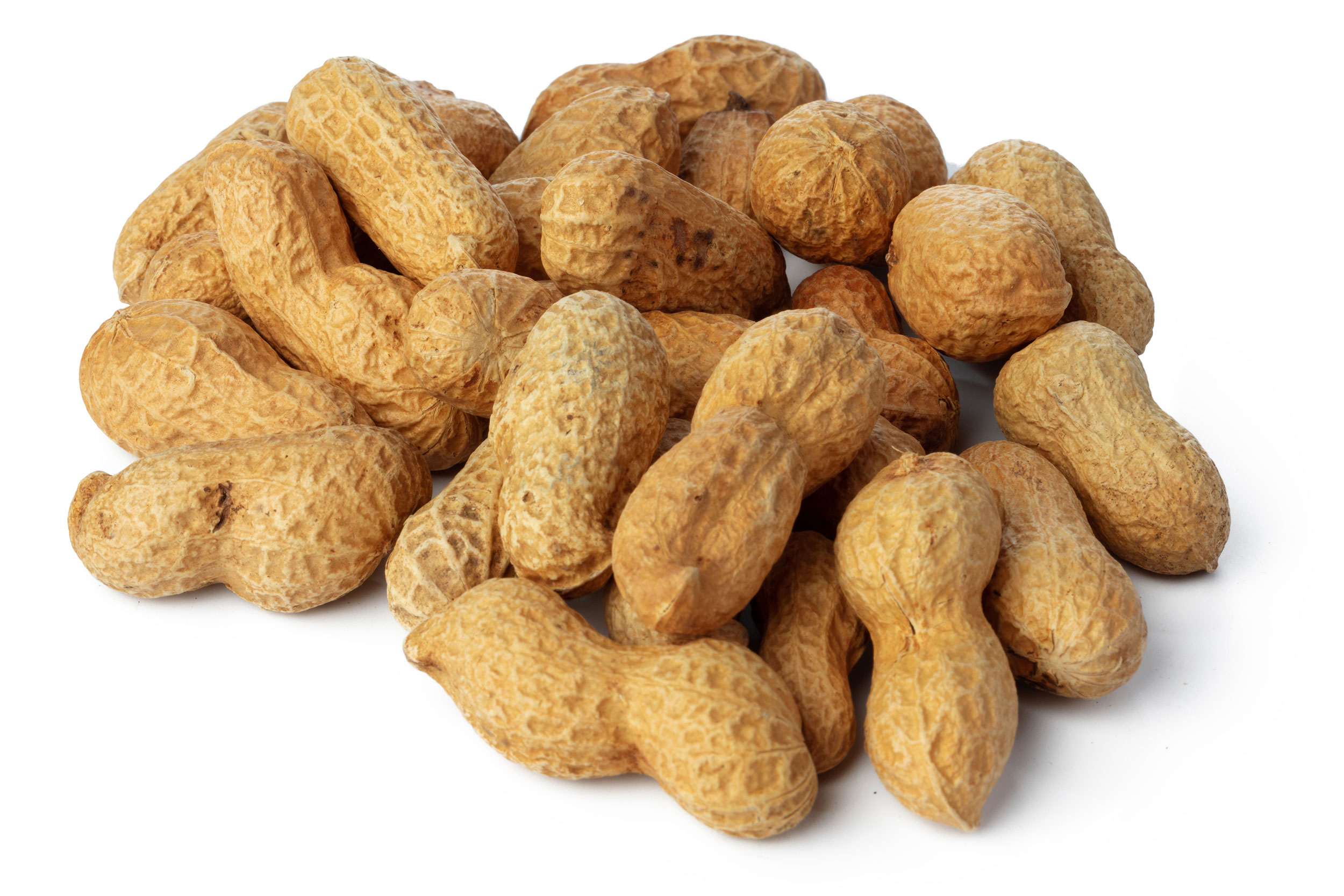What is a Superfood?
The idea of “superfoods” has become incredibly popular lately, attracting both health enthusiasts and nutritionists. So, what defines a superfood? Essentially, it’s a food densely packed with nutrients believed to be exceptionally advantageous for health and wellness. These foods are frequently praised for having high levels of vitamins, minerals, and antioxidants, promoting various health advantages. Let’s explore this intriguing subject further to understand what sets superfoods apart.
Nutritional Powerhouses
Superfoods are often described as nutritional powerhouses due to their high density of essential nutrients. They typically contain large amounts of vitamins such as vitamin C, vitamin A, and vitamin E, which play crucial roles in maintaining the immune system, improving skin health, and preventing cellular damage, respectively. Minerals such as magnesium, calcium, and potassium, essential for bone health, nerve function, and muscle contraction, are also found in abundance in superfoods.
Furthermore, nutrient-rich superfoods are packed with antioxidants, such as flavonoids, polyphenols, and beta-carotene, which help fight oxidative stress and minimize inflammation in the body. For example, blueberries are well-known for their abundant antioxidant properties, which can aid in reducing the risk of long-term illnesses like heart disease and cancer.
Examples of Popular Superfoods
While the list of superfoods is extensive, certain foods have consistently topped the charts due to their exceptional health benefits. Here are a few noteworthy examples:
Kale: Frequently referred to as a “nutrition powerhouse,” kale offers a wealth of vitamins A, C, and K. Additionally, it provides an excellent amount of calcium essential for maintaining healthy bones. Its abundant fiber is advantageous for digestive well-being.
Quinoa: A complete protein containing all nine essential amino acids, quinoa is an excellent source of plant-based protein. It is also rich in magnesium, which is necessary for many biochemical reactions in the body.
Chia Seeds: These tiny seeds pack a punch, offering omega-3 fatty acids, fiber, and protein. They have been linked to improved heart health and weight management.
Avocado: Known for their healthy monounsaturated fats, avocados are excellent for heart health. They also provide potassium and folate, which can help regulate blood pressure and support cellular functions.
Scientific Insights and Health Claims
The expression “superfood” isn’t precisely scientific, and its application in advertising may occasionally result in overstated health assertions. However, numerous studies validate the health advantages of these foods packed with nutrients. For instance, investigations have demonstrated that consuming a diet abundant in fruits and vegetables, which comprise many superfoods, is linked to a reduced risk of persistent illnesses like diabetes, heart-related diseases, and specific types of cancer.
Equally important is understanding that despite their health advantages, superfoods are not a universal remedy. They should be integrated into a well-rounded diet and accompanied by consistent exercise. Counting on superfoods alone without taking into account general lifestyle elements is unlikely to produce notable wellness benefits.
Adding Superfoods to Your Meals
Incorporating nutrient-rich foods into your meals can be easy and fun. Start with small, manageable adjustments, like adding a few berries to your morning meal or swapping spinach in place of romaine in your salads. Try out novel recipes such as a quinoa salad or a smoothie featuring kale and avocado. When exploring new nutrient-dense foods, it’s important to think about how they align with your everyday nutritional requirements and tastes.
Comprehending and applying nutrient-rich foods can enable people to make wise and healthier eating decisions. These foods offer important nutrients and can improve well-being when included thoughtfully in a balanced diet. By investigating the abundant array of nutrient-rich foods available, one can find innovative methods to nourish both body and mind, in line with current health practices.


